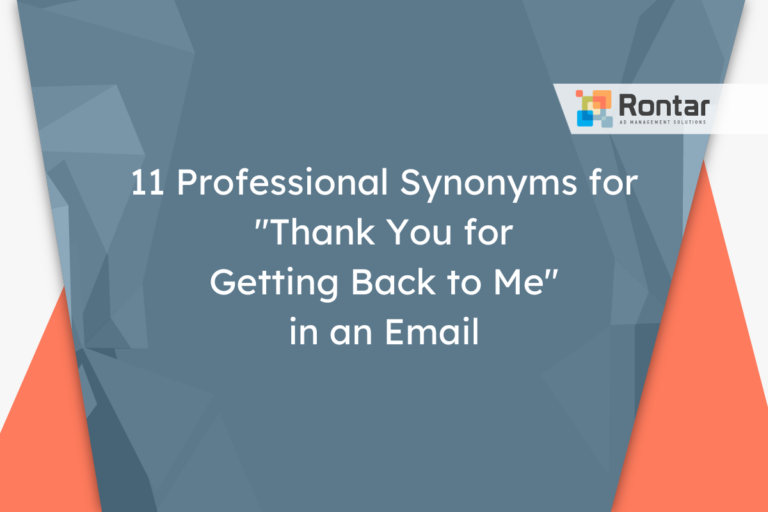Introduction Why Acknowledging Emails Matters in Professional Settings
In today's fast-paced work environment, acknowledging emails promptly and professionally is crucial. It's a fundamental aspect of effective communication that keeps the sender informed and assures them their message has been received and is being addressed. This guide explores 14 different phrases you can use to acknowledge an email, providing detailed explanations, ideal use cases, and illustrative examples.
Effective email acknowledgement contributes to smoother workflows, stronger professional relationships, and a more efficient use of time. Mastering these phrases can significantly improve your communication skills and help you make a positive impression in every email exchange. Whether you're communicating with clients, colleagues, or superiors, the right acknowledgment can make all the difference.
14 Phrases Professional Ways to Acknowledge Email Receipt
Here are fourteen effective ways to acknowledge receipt of an email. Each phrase is accompanied by context and example emails to guide your usage:
1. Thank you for your email: Suitable for formal communications, showing appreciation. (e.g., 'Thank you for your email regarding the project update.')
2. I have received your email: A formal and straightforward confirmation. (e.g., 'I have received your email and will review it shortly.')
3. Thank you: A brief and versatile expression of gratitude. (e.g., 'Thank you for the information.')
4. I’ll take a look, thanks: Acknowledges and indicates action will be taken. (e.g., 'I’ll take a look at the proposal, thanks.')
5. Noted: Concise and suitable for informal team communications. (e.g., 'Noted, and I will implement the changes.')
6. Understood: Conveys clear comprehension of the message's content. (e.g., 'Understood, the deadline is now shifted to Friday.')
7. Received: A very informal and quick acknowledgment. (e.g., 'Received. Thanks for the update.')
8. Your email was well received: Expresses appreciation and positive reception. (e.g., 'Your email was well received, and we appreciate your insights.')
9. Email received: Simple and direct confirmation of receipt. (e.g., 'Email received. Will get back to you by the end of the day.')
10. Well received: Formal and polite, indicating value for the email's content. (e.g., 'Well received, and we are excited to move forward.')
11. Got it: Extremely informal, best for casual interactions. (e.g., 'Got it. I'll send you the draft tomorrow.')
12. Acknowledged: Indicates the message has been noted and understood. (e.g., 'Acknowledged. The report will be submitted on time.')
13. Copy that: Informal, mirroring the understanding; like a radio confirmation. (e.g., 'Copy that. The meeting is scheduled for 2 PM.')
14. Well noted: Formal acknowledgment indicating attention and future action. (e.g., 'Well noted, we will incorporate this feedback into the next phase.')
“Effective email acknowledgement is the cornerstone of clear and efficient professional communication.
Communication Expert
Enhance Your Email Communication Skills
Test your knowledge and explore more features
Email Acknowledgment Quiz
Test your ability to choose the right phrases for various scenarios.
Email Template Generator
Create professional email acknowledgments tailored to your specific needs.
Final Thoughts Choosing the Right Email Acknowledgment
Choosing the appropriate phrase depends on your relationship with the sender, the formality of the situation, and the desired tone. By considering these factors, you can ensure that your email acknowledgments are always clear, professional, and effective.
By utilizing these options, you can enhance your professional image and foster more positive and efficient communication in your workplace, building stronger relationships and improving overall productivity.